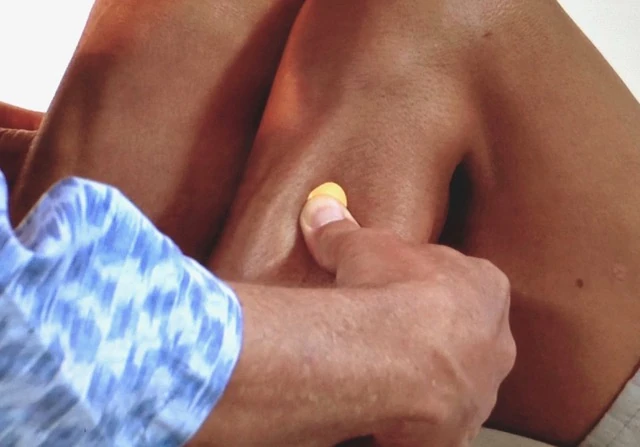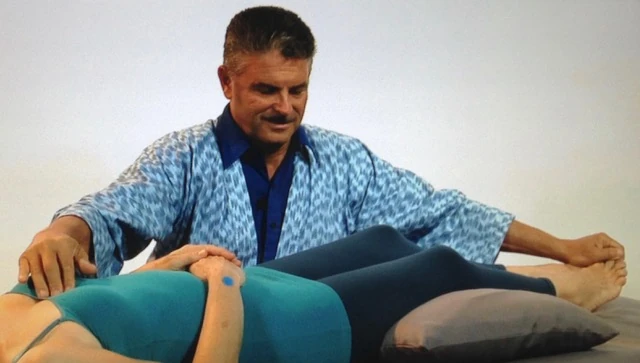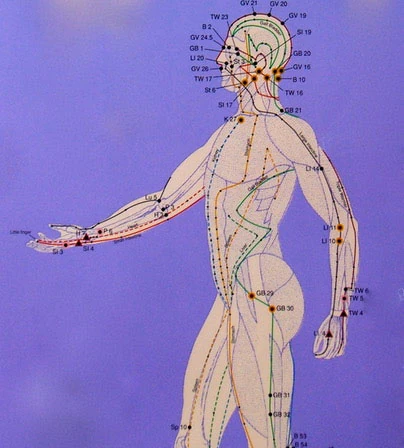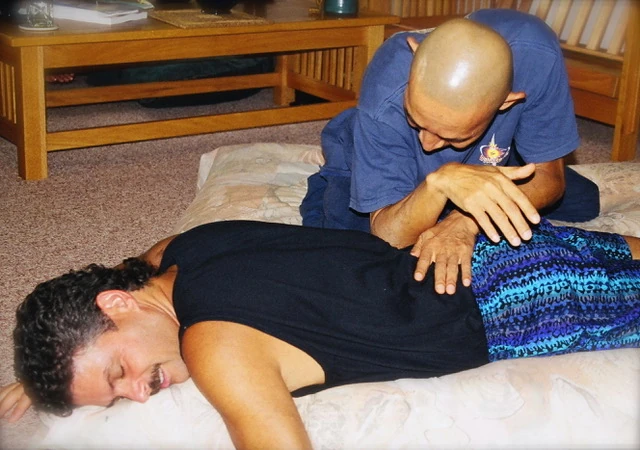Breathing is the most profoundly effective tool for purifying and revitalizing the body. When your breath is shallow, all your body’s vital systems function at a minimum level. If your breath is long and deep, however, the respiratory system functions properly, and the body cells become fully oxygenated.
Deep breathing helps the Acupressure Points release any stiffness, soreness, tension, or pain. The Acupressure method of activating pressure Points while breathing deeply encourages healing energy to flow throughout the body. As you practice various Acupressure techniques and concentrate on breathing deeply into your abdomen, you will help your body heal itself, experience
Tension & Stress Relief, and also generate a great feeling of well-being.
Concentrated breathing can especially help you better release a pressure Point that is painful. Close your eyes, focus your attention on the painful spot, breathe deeply, and imagine that you are breathing healing energy into the affected area, as you gently press Points and balance the Acupressure Meridians.
For an in-depth look at combining Acupressure and breathwork visit the
Acupressure Breathwork training.
As you use finger pressure to hold the Points, inhale deeply into the abdomen, letting your belly expand. Feel the breath reach into the depths of the belly. Exhale slowly, letting the energy that you drew in now circulate throughout your body. Hold the Point with a steady touch, not using a massaging movement. Focus on breathing healing energy into the Point for three full minutes.
Often, poor circulation is indicated by a Point that is sore when pressed. By taking long, deep breaths and pressing gently for three minutes, you will close the nervous system’s pain gates, improve the circulation, and help the area heal.
This basic Acupressure method with deep breathing will enhance the healing benefits of any Acupressure technique you do. You will get the best results by practicing deep breathing as your finger pressure opens the points.





